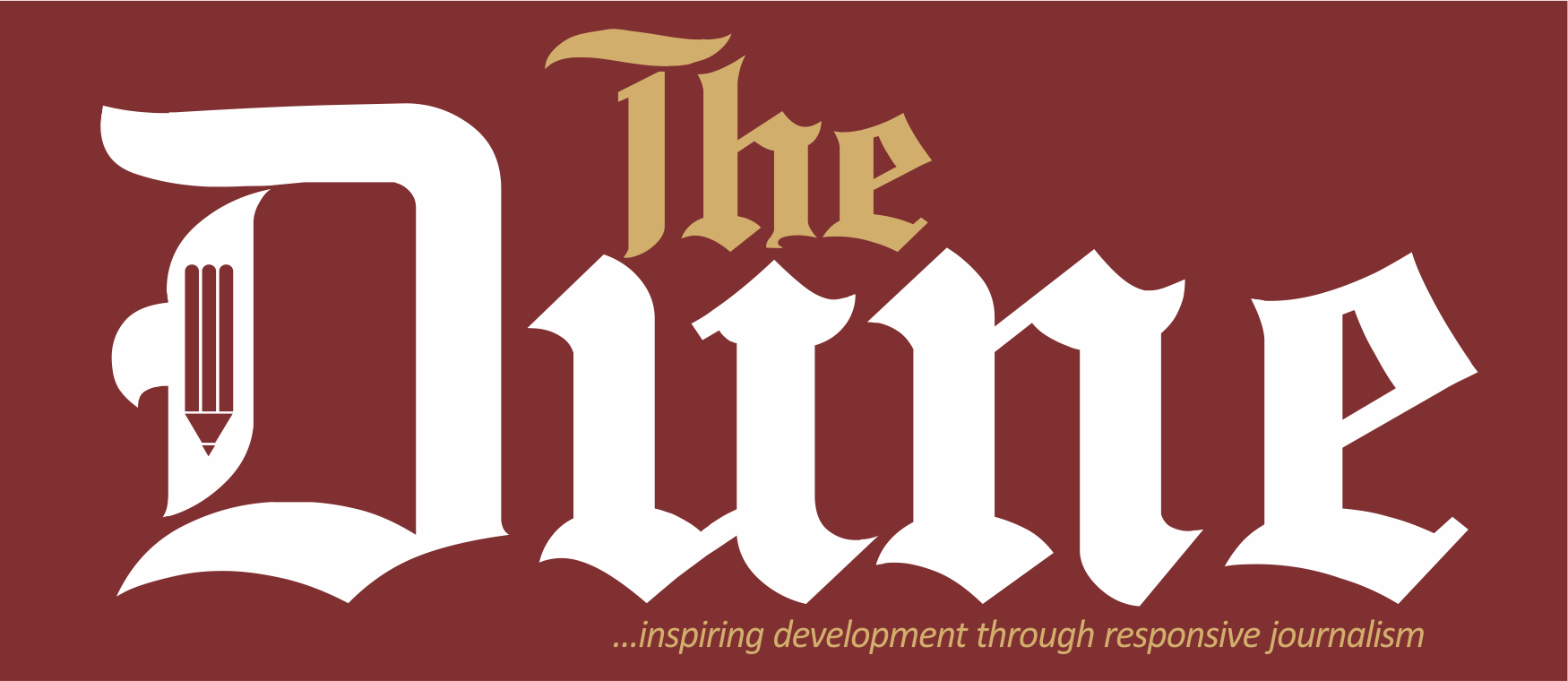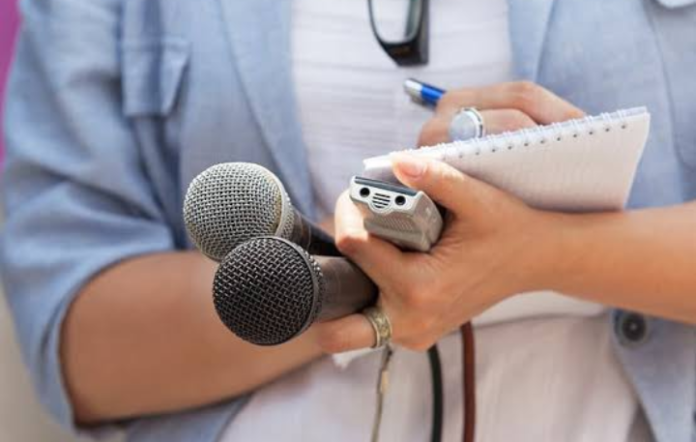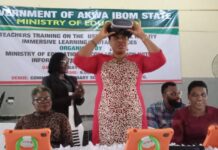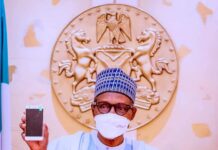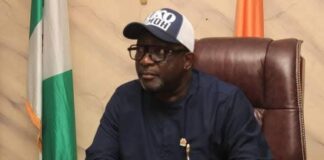Photo Credit : Google ScienceNordic
By Marie-Therese Nanlong
Jos – Scientists have been urged to share their discoveries and connect more broadly with the media to bridge the gaps which exist between them and journalists and enable society to have robust science journalism.
Experts stressed there would be no meaningful achievements in science journalism, which has the potential of impacting society positively if scientists continue to operate in isolation.
A Professor of Physiology and Cardiovascular Health, Dr. Fastone Goma, Dr. Enitan Ademuson, who is the Director of Programmes, Nigerian Heart Foundation, Akin Jimoh, and other experts who discussed at a webinar tagged: “Science Journalism: Communicating Research Relevance for Societal Advancement,” insisted the urgent need for effective collaboration between the two groups.
In his presentation on behalf of Zambia Media Network Against Tobacco, ZAMNAT, titled: Science Journalism: Bridging the Gap Between Journalists and Scientists, Dr. Goma noted that Science journalists report news and other information about science in a way that non-specialist audiences can understand hence the writer must be able to simplify complex ideas and jargon without losing accuracy.
READ : IGR improvement: State2State, AKIRS hold 2nd public-private sector dialogue
According to him, “The role of science journalism is not only to explain the results of scientific studies to a general audience but also to help distinguish between well-supported and weak conclusions and examine possible conflicts of interest on the part of the scientists.
“Scientists must deliberately facilitate the collaboration, reach out to the communicators, prepare a brief, plain-language summary of their findings, and deliberately inform them of papers accepted for publication…
“There is a need for awareness creation, sensitization, and training of research institutions, scientists, and journalists on science communication and reportage…
“The public needs to be given accurate information for them to make informed decisions on issues that affects their health through accurate and factual reporting. Research institutions need to engage more with the media for them to share their findings (published and peer-reviewed) and help the media to understand science information before disseminating to the public on their various platforms.”
He pointed out that the gap between scientists and journalists came to the fore recently with the COVID-19 pandemic and this contributed to the increase in the spread of fake news.
Akin Jimoh of the Development Communications Network, DevComs, who called for strategic media engagement for public understanding of scientific research added that “… Because the Coronavirus caught everyone by surprise, even the media was not prepared for it. Many media houses did not treat the pandemic as a special case that required special skills and additional resources.
“This led to a lot of misinformation, alarmist articles. Despite its impact on society, coronavirus news does not occupy the front page unless it is a decree by the government like “lockdown, everyone to be vaccinated or no public service to those who are not vaccinated….’’
He lamented that the types of journalists covering most Coronavirus stories are not science journalists hence the political figures still capture the front-page headline news and, with an unprecedented volume of information circulating across social networks and within private messaging groups, teams of journalists especially women are at risk of becoming overwhelmed.
He recommended that “The media should ensure that their communications and the content which they are developing are both relevant, accurate and sensitive to the current socio-economic climate,” as “the journalists also have a responsibility to carry out extensive research in the build-up of responsible, balanced, and objective reports.”

